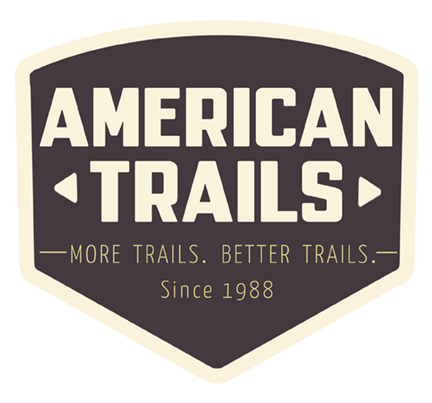




The experience on 372 trails
by Rails to Trails Conservancy
While rail-trails are hugely popular and successful once they are open, during the development phase trail promoters often have to answer a wide range of concerns that local residents may have about the impact of the pro-posed trail on their community. Stories of trails attracting drug dealers, murderers and rapists are perpetuated by trail opponents with only a handful of newspaper head-lines to back up their assertions rather than empirical research. Despite numerous studies that have concluded rail-trails do not generate crime, concerns persist and fear of the unknown continues to provide fertile ground for trail opponents. The research that has been conducted, along with anecdotal evidence, suggests that converting an abandoned rail corridor to a trail actually tends to reduce crime by cleaning up the landscape and attracting people who use the trail for recreation and transportation.
Recognizing the need to address these concerns, Rails to Trails Conservancy (RTC) conducted a survey of all rail-trail managers in an effort to document the level of crime on trails and identify the mitigation measures used by trail designers and managers. The objectives of this study were threefold:1) to document the levels of crime on urban, suburban and rural rail-trails with current statistics and comprehensive data, 2) to examine trail management strategies that can mitigate crime and improve trail safety, and 3) to put crime on trails in perspective. A summary of past studies, our methodology, results, recommendations and several case studies follow.
Attached document published January 1998